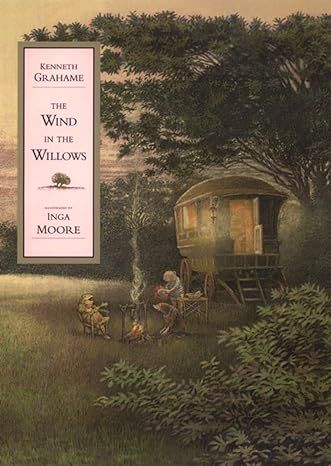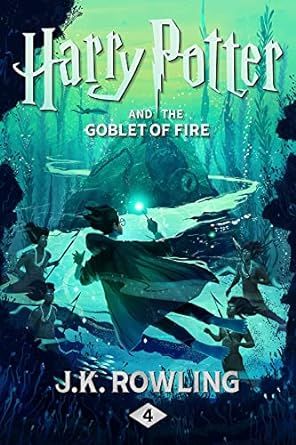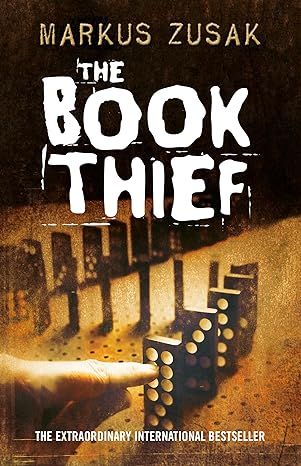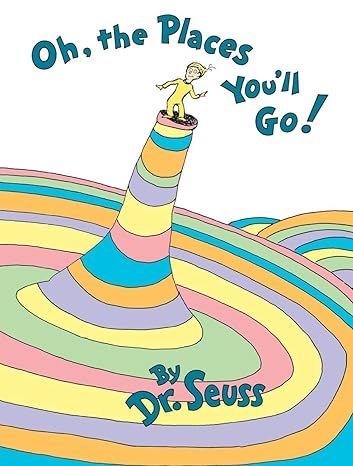The Wind in the Willows
4.5
-
7,728 ratings
Walker Illustrated Classics is a series which brings together some of the best-loved stories ever told, illustrated by some of today's finest artists. These exquisitely designed books, with their magnificent words and glorious pictures, are a pleasure to read – and re-read. The classics have never looked so good!
Kenneth Grahame's classic children's story tells the adventures of the amiable Mole, the dapper Water Rat and the marvellous Badger as they endeavour to keep the wayward Toad out of trouble. Sensitively abridged and beautifully illustrated with great charm and detail by Inga Moore.
Kindle
$0.29
Available instantly
Audiobook
$0.00
with membership trial
Hardcover
$21.25
Paperback
$3.60
Ships from
Amazon.com
Payment
Secure transaction
ISBN-10
0763622427
ISBN-13
978-0763622428
Print length
184 pages
Language
English
Publisher
Candlewick
Publication date
September 14, 2003
Dimensions
8.75 x 1 x 11.25 inches
Item weight
2.55 pounds
Product details
ASIN :
B09RZVBXFB
File size :
461 KB
Text-to-speech :
Enabled
Screen reader :
Supported
Enhanced typesetting :
Enabled
X-Ray :
Enabled
Word wise :
Enabled
Editorial Reviews
[A]n elegantly designed volume ready to take its rightful place on any child’s bookshelf. —Kirkus Reviews
Grahame’s early-20th-century classic is enhanced by lovely watercolor illustrations that provide a contemporary and packed-with-charisma accompaniment. ... Ranging from small vignettes to full-bleed double pages, the artwork embellishes almost every spread, engaging independent readers and reeling in younger listeners with entertaining antics, gentle humor, and genial affection. —School Library Journal
There's a lot of humor in [Roberts'] offbeat artwork, and he does a fine job of conveying the warmth and coziness of the worlds within the legendary riverbank and Wild Wood of the novel. ... It’s a well-designed book (not surprising, coming from Candlewick as it does), and it would lend itself well to a parent-child one-on-one reading, especially as an introduction to the famous tale. —Kirkus Reviews Online
Sample
I.
THE RIVER BANK
The Mole had been working very hard all the morning, spring-cleaning his little home. First with brooms, then with dusters; then on ladders and steps and chairs, with a brush and a pail of whitewash; till he had dust in his throat and eyes, and splashes of whitewash all over his black fur, and an aching back and weary arms. Spring was moving in the air above and in the earth below and around him, penetrating even his dark and lowly little house with its spirit of divine discontent and longing. It was small wonder, then, that he suddenly flung down his brush on the floor, said “Bother!” and “O blow!” and also “Hang spring-cleaning!” and bolted out of the house without even waiting to put on his coat. Something up above was calling him imperiously, and he made for the steep little tunnel which answered in his case to the gravelled carriage-drive owned by animals whose residences are nearer to the sun and air. So he scraped and scratched and scrabbled and scrooged and then he scrooged again and scrabbled and scratched and scraped, working busily with his little paws and muttering to himself, “Up we go! Up we go!” till at last, pop! his snout came out into the sunlight, and he found himself rolling in the warm grass of a great meadow.
“This is fine!” he said to himself. “This is better than whitewashing!” The sunshine struck hot on his fur, soft breezes caressed his heated brow, and after the seclusion of the cellarage he had lived in so long the carol of happy birds fell on his dulled hearing almost like a shout. Jumping off all his four legs at once, in the joy of living and the delight of spring without its cleaning, he pursued his way across the meadow till he reached the hedge on the further side.
“Hold up!” said an elderly rabbit at the gap. “Sixpence for the privilege of passing by the private road!” He was bowled over in an instant by the impatient and contemptuous Mole, who trotted along the side of the hedge chaffing the other rabbits as they peeped hurriedly from their holes to see what the row was about. “Onion-sauce! Onion-sauce!” he remarked jeeringly, and was gone before they could think of a thoroughly satisfactory reply. Then they all started grumbling at each other. “How stupid you are! Why didn’t you tell him——” “Well, why didn’t you say——” “You might have reminded him——” and so on, in the usual way; but, of course, it was then much too late, as is always the case.
It all seemed too good to be true. Hither and thither through the meadows he rambled busily, along the hedgerows, across the copses, finding everywhere birds building, flowers budding, leaves thrusting—everything happy, and progressive, and occupied. And instead of having an uneasy conscience pricking him and whispering “whitewash!” he somehow could only feel how jolly it was to be the only idle dog among all these busy citizens. After all, the best part of a holiday is perhaps not so much to be resting yourself, as to see all the other fellows busy working.
Read more
About the authors
Kenneth Grahame
Kenneth Grahame was a British writer best remembered for the classic of children's literature The Wind in the Willows. Scottish by birth, he spent most of his childhood with his grandmother in England, following the death of his mother and his father's inability to look after the children. After attending St Edward's School in Oxford, his ambition to attend university was thwarted and he joined the Bank of England, where he had a successful career. Before writing The Wind in the Willows, he published three other books: Pagan Papers (1893); The Golden Age (1895); Dream Days (1898).
Read more
Reviews
Customer reviews
4.5 out of 5
7,728 global ratings
Marina44664
5
Literary Classic
Reviewed in the United States on June 4, 2024
Verified Purchase
I was so pleased to find this edition available, as it was this edition my mom gave me when I was little, and the illustration is nostalgic to me. I fear that copy mom gave, already well loved by the time it reached me, has gone the way of all favorite books, but then, the joy in gaining another copy! I can not wait to reacquaint myself with Mr Mole, Ratty, Mr Badger, and of course, the troublesome Mr Toad!
Read more
LA in Dallas
5
A surprisingly grown-up children's book
Reviewed in the United States on May 30, 2024
Verified Purchase
Kenneth Grahame's The Wind in the Willows will always be associated in my mind with A.A. Milne's The World of Pooh. My family owned both books, and I read them at about the same age, probably when I was still in single digits. Furthermore, ours had obviously been published together. The binding was identical, except that The World of Pooh was bound in tan cloth approximately the same color as Pooh himself, while The Wind in the Willows was bound in green cloth. What's more, both were illustrated by Ernest Shephard. (I will never be reconciled to the Disney versions of the Pooh characters.)
This association is strange, because in fact they are quite different books. The World of Pooh is, intentionally, a childish work. The Wind in the Willows is a children's book, but it is not childish. The characters are ostensibly small wild animals -- Mole, Rat, Badger, Otter, and the infamous Toad-- living a civilized life on the river, on the edge of the uncivilized Wild Wood. But in reality they think like grown-ups and have very grown-up concerns. They form a little self-policing society. I imagine it is modeled on Grahame's circle of friends, although I have not the tiniest shred of evidence to support that suspicion. They nevertheless feel very familiar to me, now at the age of 68. But even when I was a barely literate kid, they felt familiar to me, not because they were like my own friends, but because they were like the grown-ups who plagued us.
This doesn't sound very interesting or attractive, but in fact The Wind in the Willows was one of my favorite books at that time. Perhaps it served as a sort of key to the world of the incomprehensible grown-ups.
Read more
Amazon Customer
5
such a fun read
Reviewed in the United States on March 4, 2024
Verified Purchase
Beautifully written, and even without illustrations one can imagine all the wonderful little animals and their little abodes, going from adventure to adventure, and learning how to be friends
Candy
5
Wonderful book!
Reviewed in the United States on May 29, 2024
Verified Purchase
I loved it!
theboombody
4
That Toad Cracks Me Up
Reviewed in the United States on September 30, 2005
Verified Purchase
After watching the Disney adaptation of this classic, I decided to read it for myself, and I'm glad I did. Here are my reflections:
When you watch the Disney animated film, the title seems to be a misnomer. Not so for the book. The book repeatedly references how the wind has a voice of its own, particularly in the fantastic, "The Piper at the Gates of Dawn," chapter. The book seems to be a compilation of short stories, so you can skip some chapters entirely and not be left out of the plot. You can read the skipped chapters later if you so desire. They're wonderfully written, but to be honest, not much happens in them.
In the movie, Toad never steals a motorcar. In the book he darn sure does. He goes to prison justly, but for some reason after his friends help him recapture Toad Hall, he is no longer pursued by the police, even though he is no less guilty of his crime and is even moreso guilty because of his defiant escape. In this way, the book has a loose end that the movie by Disney corrects. Unfortunately Toad's character is slightly altered in the Disney movie because of the way it ties up this loose end.
The pace of the book seems to be very slow for a children's book and it's on quite a high reading level I would say. To me, this is surefire proof that literate kids 100 years ago were far more literate than literate kids of today. Harry Potter doesn't have near as high of a vocabulary level requirement as this book does. Most of the vocabulary is used to describe nature. Due to the slow pace of the book in which the narrator describes how beautiful the outdoors is, you really have to like nature to fully appreciate the author's intent. I don't know how many people in modern times really appreciate the outdoors. I sure don't. I hate mosquitos.
The use of metaphors in this book is extraordinarily beautiful. The moon is anthropomorphized and described as deliberately and intently struggling to shine through the clouds to help Rat and Mole in their search for Otter's baby. Also, making a trek to the South is compared to checking out of a hotel, and strong smelling sausage is described as singing of garlic. This Grahame guy was far more of an adult author than a children's author if you ask me.
I didn't really care for any of the characters other than Toad. I was saddened to see that he was left entirely out of many chapters. Toad was perfect comic relief. Sleeping way later than everyone else, not sharing his load of the work, claiming to do things he couldn't do, talking about how great he was, etc. The whole bit of Toad dressing as a washerwoman was great, and fortunately ate up a large chunk of the book.
The high points of the book are its great and masterful use of the English language including its beautiful metaphors, and the presence of the fun and amusing Toad. The only thing it has that may not be so appreciated is its slow pace. The animals sit down to a meal about 200 times during the book, and the preparations for the meals seem overwhelmingly detailed, making you question whether "adventure" is a proper word to use in describing what's going on.
This magnificent work seems targeted to upper class individuals who are bigger on manners and properness than action and suspense, although it does have a good amount of comedy. Great stuff, but not for Spongebob Squarepants fans.
Read more
26 people found this helpful
Similar Books
Best Sellers

The Great Alone: A Novel
4.6
-
152,447
$5.49

The Four Winds
4.6
-
156,242
$9.99

Winter Garden
4.6
-
72,838
$7.37

The Nightingale: A Novel
4.7
-
309,637
$8.61

Steve Jobs
4.7
-
24,596
$1.78

Iron Flame (The Empyrean, 2)
4.6
-
164,732
$14.99
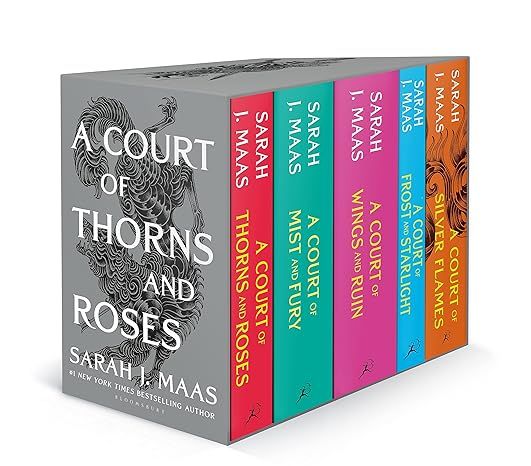
A Court of Thorns and Roses Paperback Box Set (5 books) (A Court of Thorns and Roses, 9)
4.8
-
26,559
$37.99

Pretty Girls: A Novel
4.3
-
88,539
$3.67
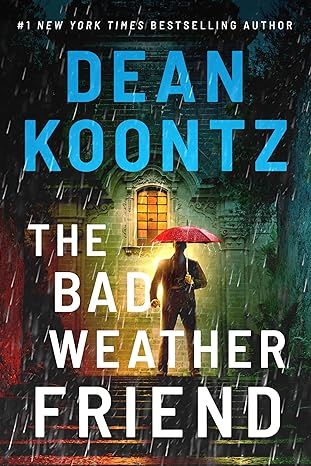
The Bad Weather Friend
4.1
-
34,750
$12.78

Pucking Around: A Why Choose Hockey Romance (Jacksonville Rays Hockey)
4.3
-
41,599
$14.84

Start with Why: How Great Leaders Inspire Everyone to Take Action
4.6
-
37,152
$9.99
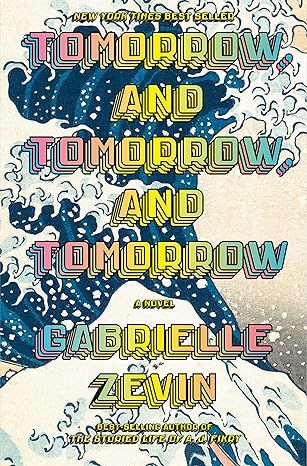
Tomorrow, and Tomorrow, and Tomorrow: A novel
4.4
-
95,875
$13.99
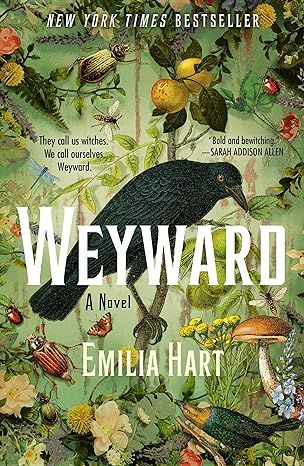
Weyward: A Novel
4.4
-
27,652
$11.99
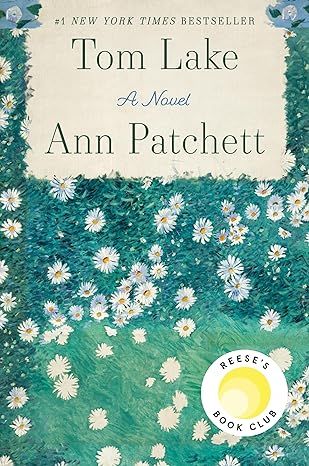
Tom Lake: A Reese's Book Club Pick
4.3
-
37,302
$15.74
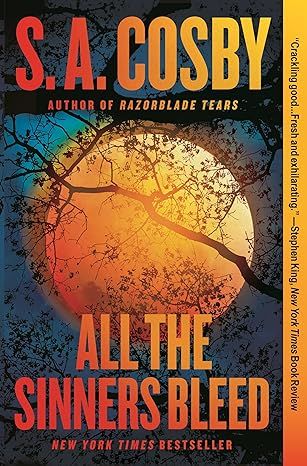
All the Sinners Bleed: A Novel
4.4
-
12,894
$13.55
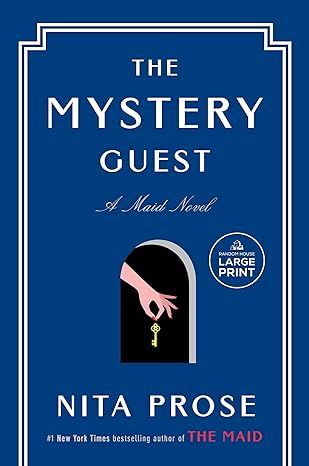
The Mystery Guest: A Maid Novel (Molly the Maid)
4.3
-
9,844
$14.99

Bright Young Women: A Novel
4.2
-
8,485
$14.99
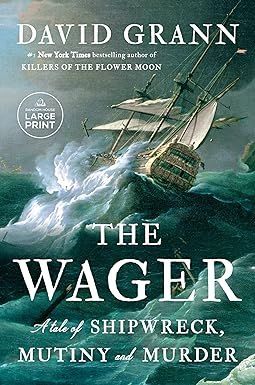
The Wager: A Tale of Shipwreck, Mutiny and Murder (Random House Large Print)
4.5
-
28,672
$14.99
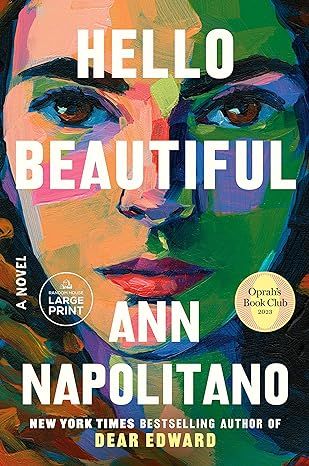
Hello Beautiful (Oprah's Book Club): A Novel (Random House Large Print)
4.4
-
79,390
$14.99
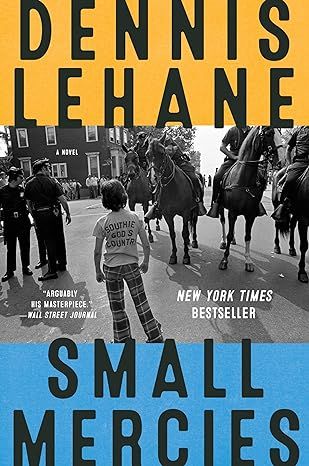
Small Mercies: A Detective Mystery
4.5
-
16,923
$10.00

Holly
4.5
-
31,521
$14.99
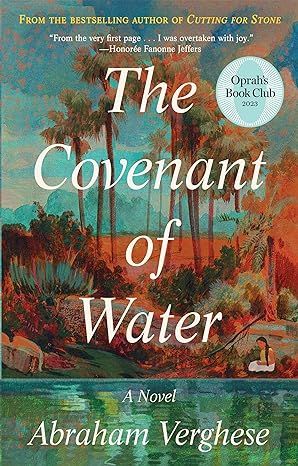
The Covenant of Water (Oprah's Book Club)
4.6
-
69,712
$9.24
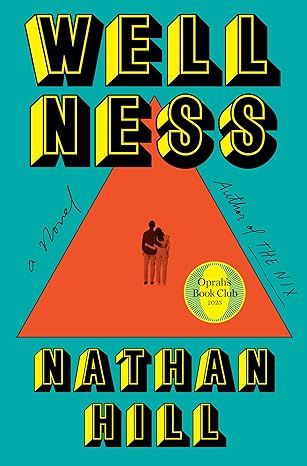
Wellness: A novel
4.1
-
3,708
$14.99
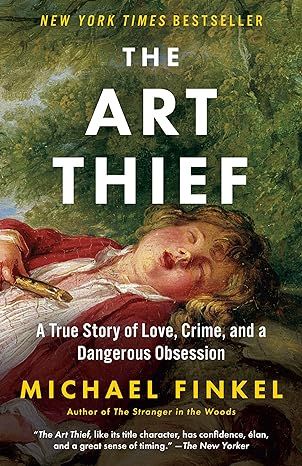
The Art Thief: A True Story of Love, Crime, and a Dangerous Obsession
4.3
-
4,805
$14.99
